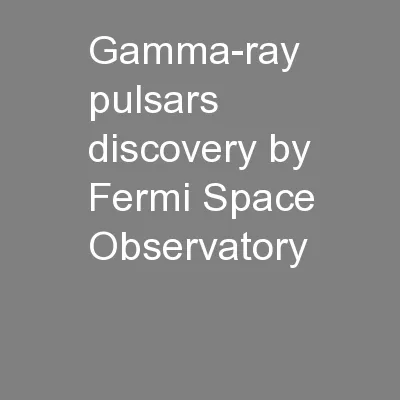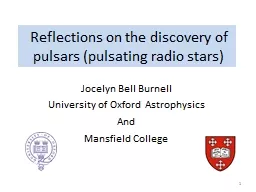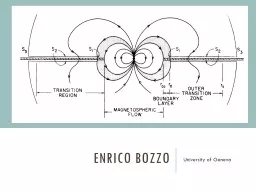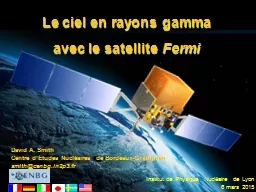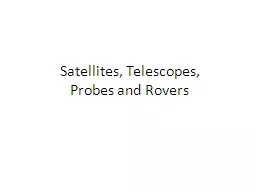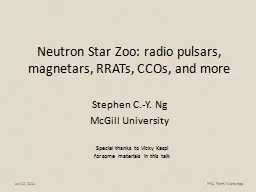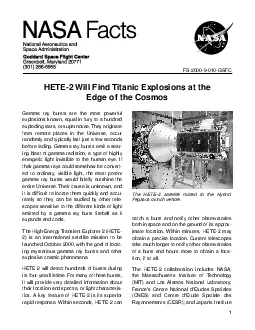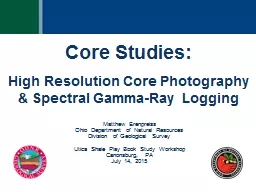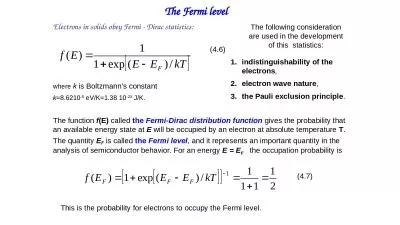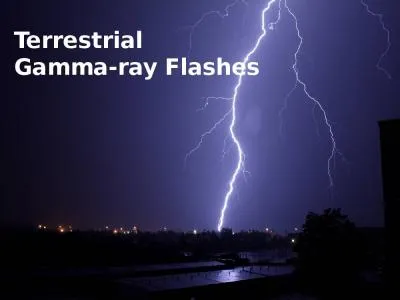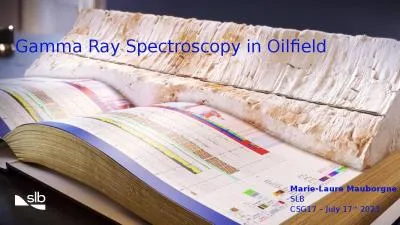PPT-Gamma-ray pulsars discovery by Fermi Space Observatory
Author : tatyana-admore | Published Date : 2016-06-24
Sergei Popov SAI MSU Plan General intro Pulsar models Population synthesis Summary of discoveries EGRET legacy Just 6 pulsars Crab Geminga Vela PSR B105552 PSR B170644
Presentation Embed Code
Download Presentation
Download Presentation The PPT/PDF document "Gamma-ray pulsars discovery by Fermi Spa..." is the property of its rightful owner. Permission is granted to download and print the materials on this website for personal, non-commercial use only, and to display it on your personal computer provided you do not modify the materials and that you retain all copyright notices contained in the materials. By downloading content from our website, you accept the terms of this agreement.
Gamma-ray pulsars discovery by Fermi Space Observatory: Transcript
Download Rules Of Document
"Gamma-ray pulsars discovery by Fermi Space Observatory"The content belongs to its owner. You may download and print it for personal use, without modification, and keep all copyright notices. By downloading, you agree to these terms.
Related Documents

